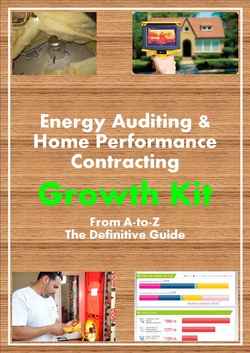Your Online HERS Rater Training Center
FREE HERS RATER PRACTICE EXAMPUT YOUR HOME PERFORMANCE BUSINESS ON ROCKET FUEL |
Buildings and Their Systems
Some of the indoor environmental concerns homeowners, builders and architects can be prevented with good planning before the home is even built or minimized in an existing home.
Here are some examples:
As energy auditors we can recommend a variety of upgrades for each environmental topic such as:
Next Section2a. Building Components
2b. Conservation Strategies
2c. Comprehensive Building Assessment Process
2d. Design considerations
|


